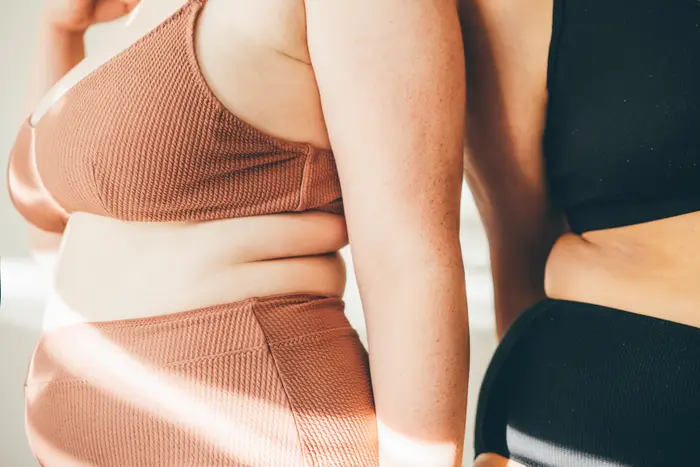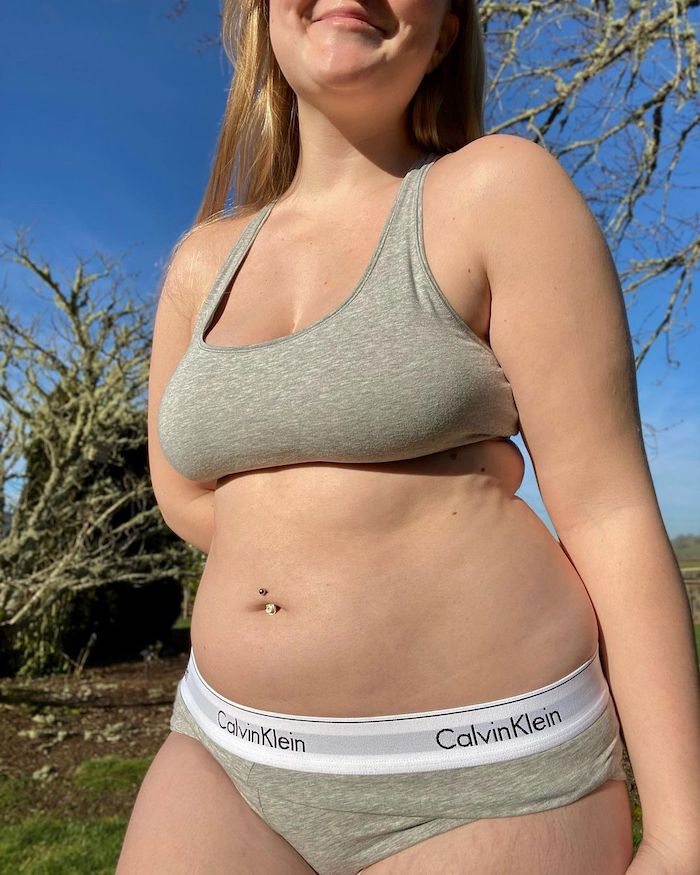Factors Influencing the Belly Pooch

Several factors can influence the appearance of a belly pooch:
- Menstrual Cycle: Hormonal changes can affect digestion and fluid retention, altering the abdomen’s appearance.
- Surgical Scars: Procedures like C-sections, which account for about 30% of births in the U.S., can change the shape of the abdominal area due to scar tissue.

The Role of Fat in Female Physiology
Fat distribution in women is different from men due to hormonal influences. Dr. Erlanger explains that women typically have higher body fat percentages to protect reproductive functions. Even during menopause, belly fat continues to play a protective role, contributing to bone, mood, sexual, brain, and heart health by producing small amounts of estrogen.

Embracing the Pooch
The societal tendency to explain away belly fat by attributing it to something functional reflects a broader discomfort with body fat. However, it’s important to acknowledge that body fat is a normal part of female physiology. As Dr. Erlanger points out, men also have fat in various body parts without the presence of a uterus, underscoring that belly fat is not unique to women.
Conclusion
The belly pooch is a natural and normal aspect of many women’s bodies. Instead of seeking justification for its presence, it’s essential to accept and care for our bodies as they are. Weight fluctuations are common, and striving for a different body shape often undermines our well-being.
“Having compassion for ourselves and committing to caring for our bodies in ways that align with our individual values, goals, and circumstances is a crucial part of the journey,” Erlanger concludes.

